Being understaffed during rush hour and overstaffed during slower periods may be one of the biggest challenges a business faces.
You must ensure that you schedule your employees so that there’s adequate staff during peak periods and that it doesn’t exceed your labor budget.
So how do you reach this sweet spot?
You can easily achieve this by having your employees work in a split shift.
In this article, we’ll discuss everything you need to know about split shift scheduling, including its advantages and disadvantages. We’ll also give you 4 simple tips to help you get started.
This article covers:
(click on the link to jump to a particular section)
- What is a Split Shift?
- 4 Advantages of a Split Shift
- 3 Disadvantages of a Split Shift
- 4 Easy Tips for Incorporating Split Shifts
Let’s get started.
What is a split shift schedule?
A split shift is a work schedule that divides an employee’s workday into two or more parts. Usually, the break in the workday must be two hours or more for it to be considered a split shift.
That means the working hours before and after a bonafide lunch break don’t count as a split shift.
However, the split shift rule is valid only if the employer schedules it in advance. If an employee requests a longer meal period due to personal commitments, that schedule doesn’t count as a split shift.
A. Who can use a split shift?
The split shift work schedule is mainly popular with industries such as public transport, restaurant, hospitality, construction, etc. These employees are more likely to have mandatory overtime.
For example, in a restaurant setting, you may schedule a waiter from 10 am to 2 pm for the lunch rush and again from 7 pm to 11 pm for the dinner shift.
Of course, with more professionals opting for non-traditional working arrangements, freelancers, remote employees, or other knowledge workers may also opt for a split schedule.
It can help them split their workday into two shifts — the first one where they can complete tedious tasks, and the second shift where they can complete administrative tasks like checking emails, handling client calls, etc.
Now it’s mandatory that all minimum wage employees who work in a split shift must be paid compensation which is generally known as a split shift premium.
B. What is a split shift premium?
A split shift premium amounts to an hour’s pay of the employee’s applicable minimum wage. This additional pay supplements their regular wage and is added to their payslip when they work a split shift.
Here’s a general breakdown of how to calculate the premium pay:
Let’s suppose that the employee’s hourly wage is $11.75, and they work for a total of eight hours — from 11 am – 2 pm, followed by 4 pm – 9 pm.
Suppose the minimum wage rate in the state is $11.00 per hour. In that case, the nonexempt employee will receive the differential (i.e., the difference between their hourly wage and the minimum wage amount of their total amount as the premium pay.
That means: $.75 x 8 hours = $6.00
$11.00 – $6.00= $5.00
So here, $5.00 is the split shift premium.
Important points to remember about split shift pay
Let’s look at some of the crucial considerations about split shift pay:
- Split shift premiums are usually independent of any overtime pay.
- If an employee voluntarily chooses to work an extra shift, they aren’t generally considered eligible for a split shift premium.
- As an employer, you need to keep accurate records of the shift timing, the number of hours worked, and the split shift pay on the employee’s pay stub.
- You should mention the split shift premium in the pay stub as a separate category and not club it with other categories like bonus, wage, etc.
4 key advantages of a split shift
Let’s look at the benefits of incorporating a split shift:
1. Improved work-life balance for employees
Split shifts often allow employees to run errands, care for a family member, or even pick their kids up from school. And if nothing else, they can just take a good, long nap without affecting their working hours!
This can help create a better work-life balance, increasing employee engagement and productivity at work.
2. Keep control of overhead costs
As an employer, implementing a split shift can be a smart way to keep your expenses in check and lower overhead costs.
This schedule enables you to give some employees an unpaid break when they don’t have any work. You can then have them come back in during the rush periods, ensuring that they work for six to eight hours throughout the day.
It can drastically reduce your labor costs, ensure that employees aren’t overworked, and still have adequate workers when you need them the most.
3. Increased employee productivity
Work hours are inversely proportional to employee productivity.
The longer they work, the lower the productivity. That’s because increased working hours may lead to stress, fatigue, and even loss of concentration.
However, you can provide a much-needed 3-4 hour break to your employees with the split shift schedule.
So even if their workday seems long, they essentially work just as much as a traditional 9-5 shift worker would — but probably with more focus as they just need to work four hours at a time.
Read how you can track team productivity and improve their performance.
4. More time for personal errands
A longer mid-day break can allow employees to finish off some of their time-sensitive tasks.
This may include bank transactions, doctor visits, PTA meetings, and so on, which require them to be physically present at a given time.
Working in a split shift means that employees don’t need to take any time off, lose pay due to lesser work hours, or put in an extra hour to make up for a long break.
3 major limitations of a split shift
As with any type of work schedule, a split shift schedule also has some limitations:

1. Reduced sleep hours
A major health-related drawback of the split shift situation is that the employees may often have a late bedtime if they work the night shift. This can significantly reduce the amount of sleep they get at night.
Getting less sleep can significantly affect your employees’ health and concentration at work. That’s why it’s important to consider this aspect before implementing a split work schedule.
2. Can be hard to collaborate with team members
Difficulty in collaborating with team members, especially those working a traditional full-time shift, may be more pronounced in a split shift situation.
This is especially true for a knowledge worker or those working in a corporate setting.
For example, if they’re on their mid-day break while others are working, it can cause major communication problems. However, you can overcome this split shift work issue by using smart collaboration tools.
Here are 60+ collaboration tools that can easily solve your communication issues.
3. Not ideal for long commutes
Another limitation of a split shift schedule is that it may not be suitable for employees who need to commute long distances.
They might spend a large part of their mid-day break commuting, leaving them even more tired at work.
4 easy tips for incorporating split shifts
Unsure about how to make split shifts a part of your regular schedule?
Here’s how you can easily implement split shifts at your workplace:
1. Keep yourself updated about local and federal laws
If you’re looking to implement a split shift schedule in the United States, you should familiarize yourself with the Federal Fair Labor Standards Act. You can even consult a lawyer to help you understand this important employment law and other relevant rules better.
Additionally, you should take into account the rules laid down by different states for split shift pay.
Let’s take a look at two examples in the US:
1. California: According to California’s Industrial Welfare Commission Wage Order, the split shift premium pay should be equal to one hour of the employee’s salary at the state minimum wage.
However, the Act also states that if any employee makes over the applicable minimum wage, that wage will be credited towards the employer’s obligation to pay the split shift premium.
2. New York: In New York, workers are entitled to a spread of hours pay — when the duration of time between the beginning and end of their workday goes beyond ten hours.
This wage is equal to an additional hour of pay at the applicable minimum wage for the day.
2. Consider the commute time
As mentioned above, some workers may stay quite far from the workplace and spend a significant amount of time commuting.
If you’re looking to implement a split shift schedule, be sure to consider the time, expense, and effort required for commuting at least four times a day.
3. Ensure efficient scheduling
While bringing in a split shift schedule, you should take precautions to ensure that it doesn’t interfere with your existing schedule.
You can use various scheduling software to efficiently set any type of schedule without overburdening your employees. Employee scheduling templates are also useful tools to help you schedule employees effectively.
4. Maintain accurate records
For accurate pay, it’s essential to maintain proper records regarding all split shift-related activities, including:
- Scheduled start and stop times for the workday.
- Meal break (if applicable.)
- Split shift start and end time.
- Total hours worked daily.
And in addition to having your own records, employees must maintain these records in their handbook.
Time tracking and performance monitoring tools like Time Doctor can help you schedule split shifts and keep accurate records with ease.
What’s Time Doctor?
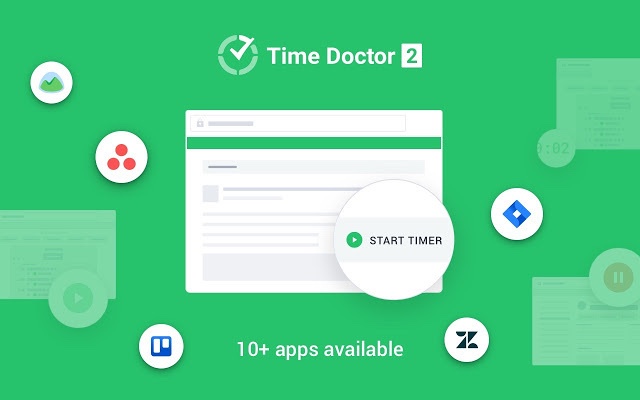
Time Doctor is a powerful employee time tracking and performance management tool used by major companies, like Ericsson and RE/MAX, as well as by small businesses, like Thrive Market, to boost productivity.
Let’s look at some of the important functionalities of the tool:
A. Time tracking
Time Doctor‘s manual time tracker is as easy to use as switching the lights on and off!
Employees can start the timer when they begin work and stop it after they finish or take a break. They can also manually edit their time if they forget to track it during the actual task.
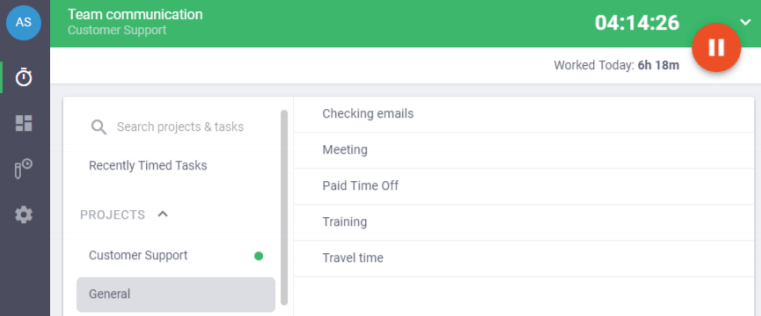
If your employees work on a laptop or desktop, you can even use Time Doctor’s automatic time tracking feature. It starts the timer when they turn on their device, ensuring they don’t forget to track their work hours.
Time Doctor also offers mobile and offline time tracking for employees who may work remotely.
This way, Time Doctor can reduce the hassle of ensuring accurate time recording, especially since there can be many variations in the shift timings.
B. Work schedules
Time Doctor’s work schedule feature allows you to create and edit shifts within the Time Doctor app.
The tool enables you to customize the shifts for each employee, which gives better insights into their attendance.
Some other benefits of this feature include:
- Saves manual time by automatically creating and updating schedules.
- Allows you to monitor and manage workloads to avoid employee burnout.
- Enables you to understand employee availability and manage workforce capacity.
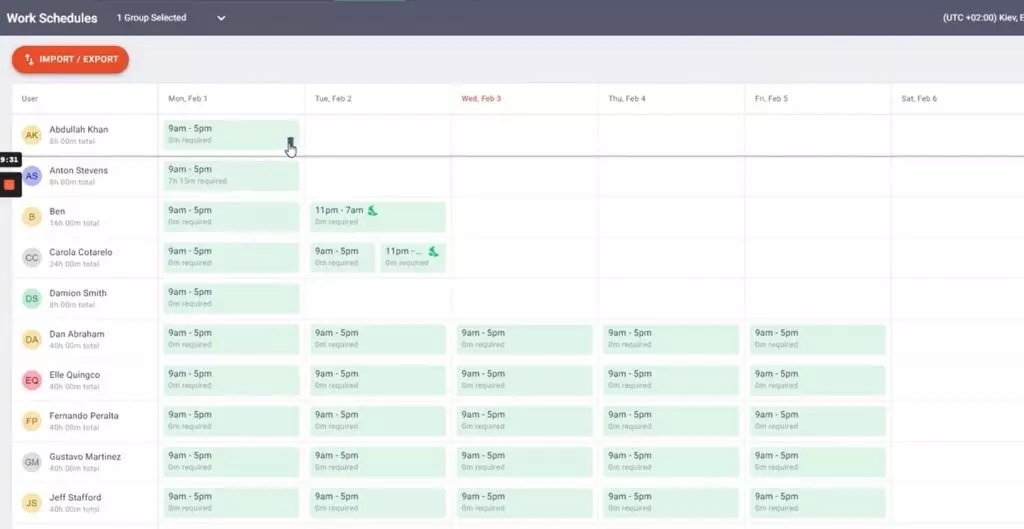
C. Attendance reporting
The attendance reports show employees as present, absent, partially absent, or late according to their shifts and schedules.
For example, if an employee’s shift is scheduled at 8 am, but they arrive at 10 am, it can be noted as partially absent.
Some other benefits of these reports are:
- Provides real-time data into who’s working and who’s absent.
- Displays attendance records and workday activities in the same place.
- Enables you to assess employee performance with deeper insights into their attendance.
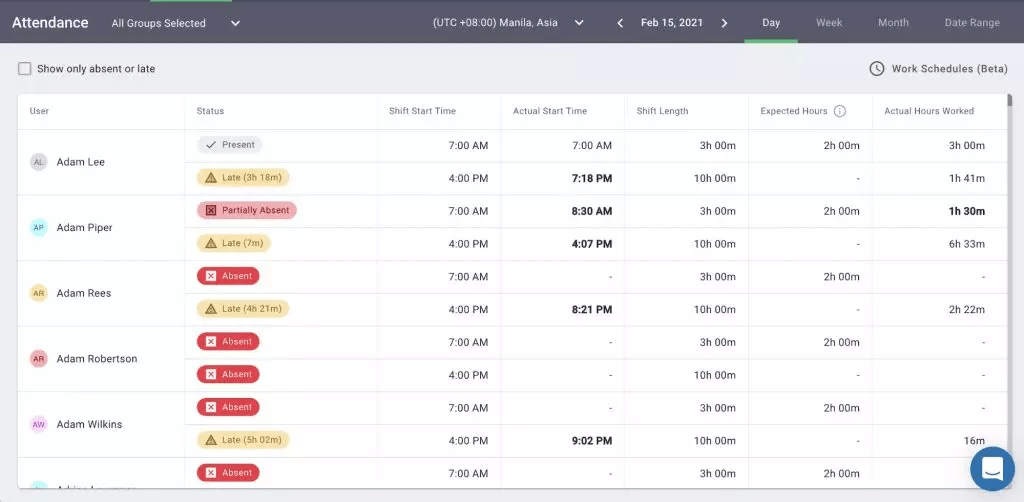
D. Payroll
Time Doctor enables you to directly pay your employees based on their tracked hours.
The payroll feature can eliminate the errors caused by manual calculation and enable you to make accurate payments. This is especially useful when there are variations in shift schedules and times.
You can select different currencies, pay periods, and pay rates and automatically send salaries using PayPal, Wise, etc.
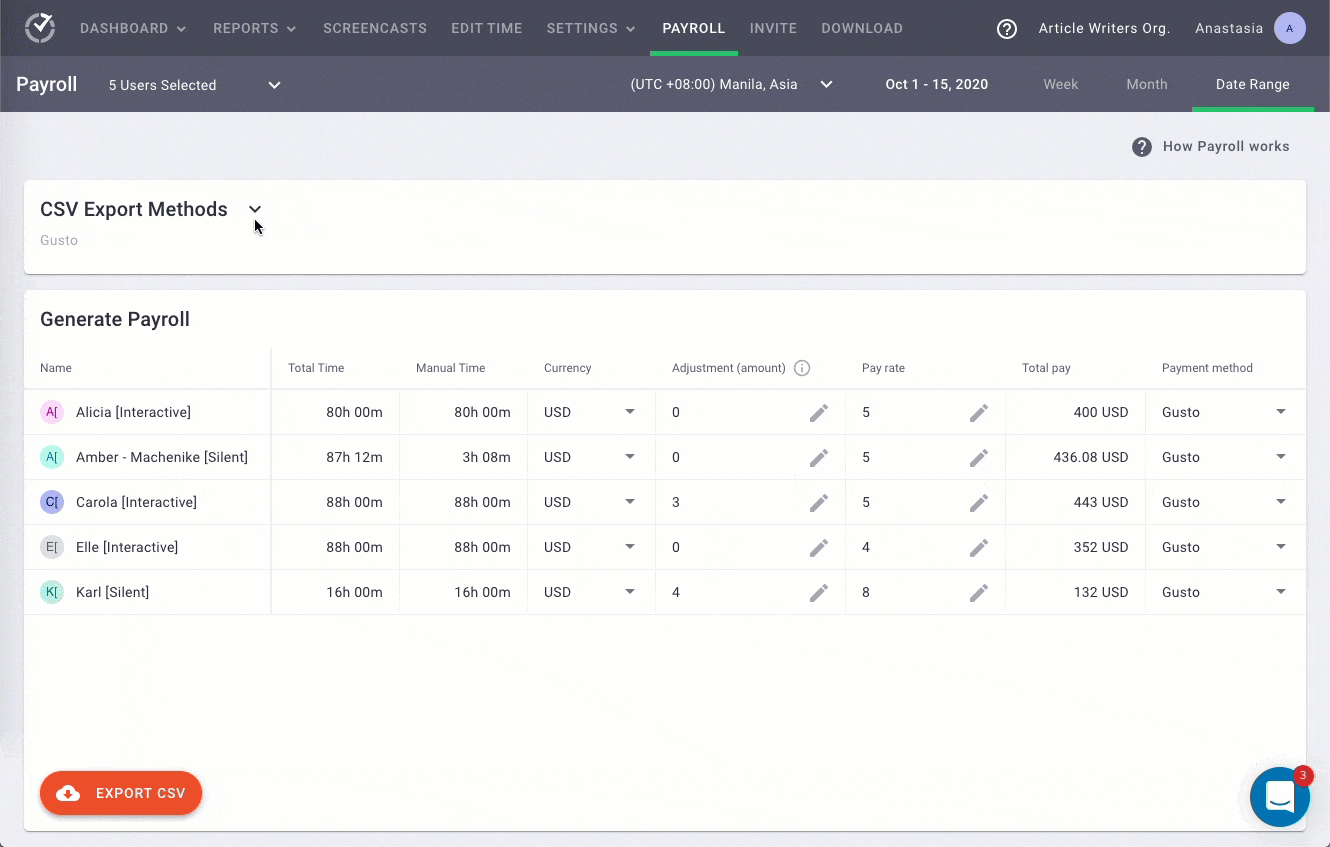
Wrapping up
Any change in work schedules can be a great challenge initially. However, if you can ensure that the change is implemented properly, it’ll be easier for the employees to accept it.
And a split shift schedule is no exception.
Do your research well, consider its benefits for your company, and implement it only if the pros outweigh the cons. And if you decide to implement a split shift, use the tips we covered above to easily integrate a split work schedule into your existing program.
Happy scheduling!

Andy is a technology & marketing leader who has delivered award-winning and world-first experiences.


